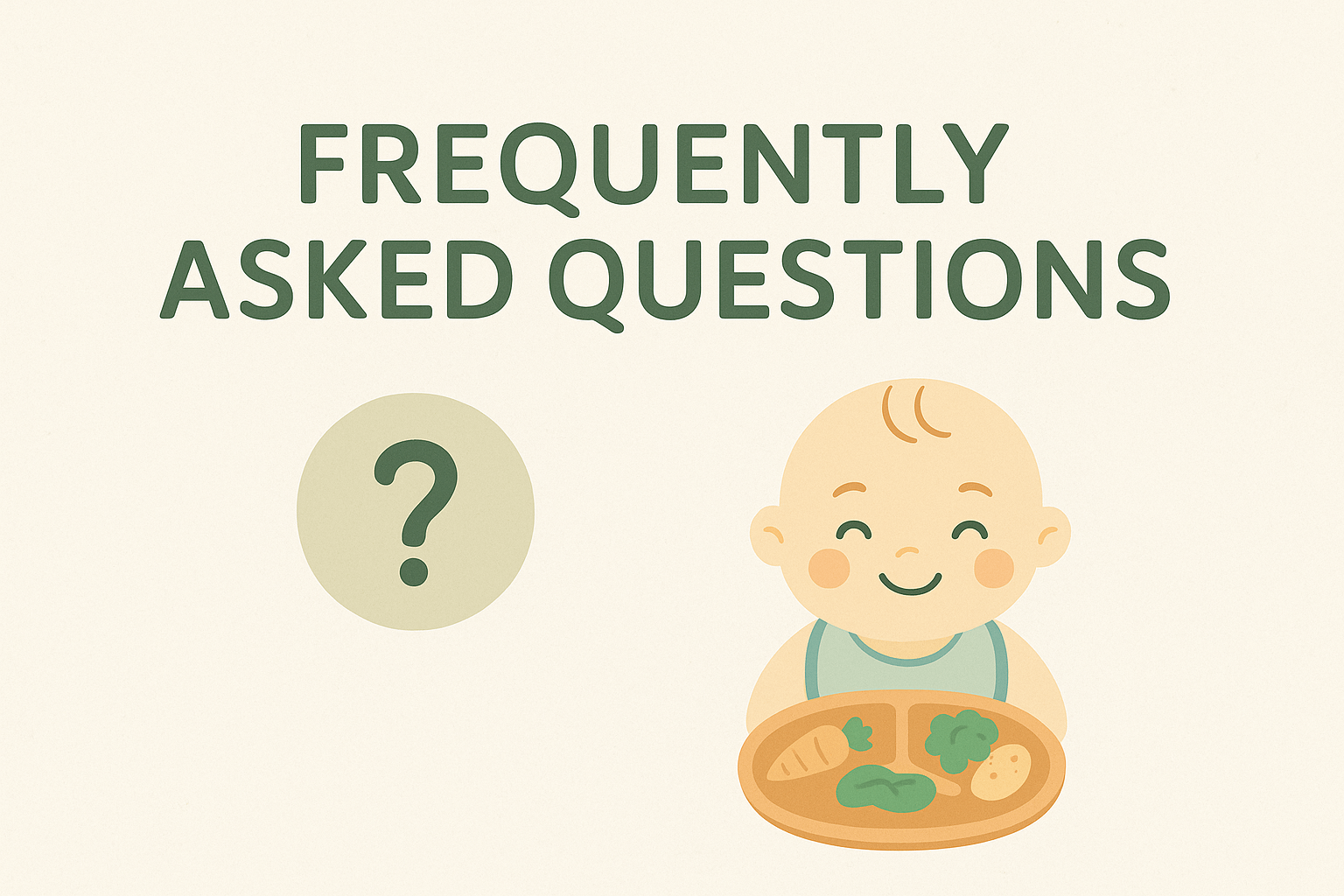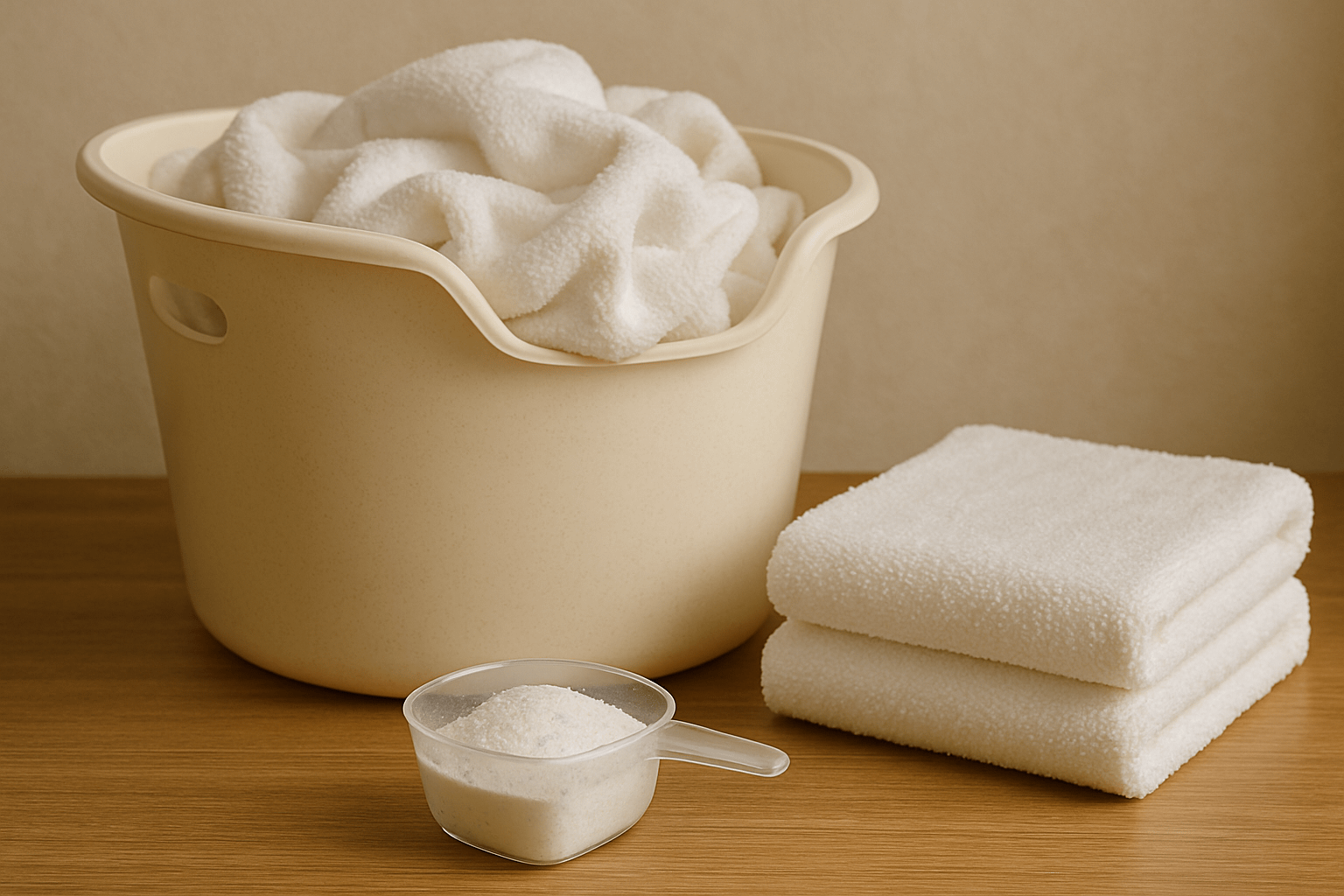Introduction to Baby Laundry
Caring for a baby means paying attention to the smallest details, and laundry is no exception. Baby clothes, blankets, muslins, and soft toys come into constant contact with delicate skin, so how you wash them really matters. From choosing the right detergent to setting your machine at the correct temperature, baby laundry requires thoughtful adjustments to keep fabrics clean while avoiding irritation.
This comprehensive guide explores everything parents, carers, and grandparents need to know about baby laundry and sensitive skin. Whether you’re preparing for your newborn, troubleshooting eczema flare-ups, or simply aiming for gentler laundry practices, you’ll find practical, fact-based advice here.
Why Baby Laundry Needs Special Care
Newborn skin is around 30% thinner than adult skin. This means it absorbs substances more easily and loses moisture faster, making it more prone to irritation. Detergents, fabric conditioners, and even residue left in fabrics after washing can trigger rashes, dryness, or flare-ups of conditions like eczema.
- Babies sweat less than adults, so dirt may linger longer on fabrics.
- Spit-ups, nappy leaks, and food stains require more frequent washing.
- Fragrance, dyes, and enzymes in regular detergents may cause reactions.
For these reasons, experts recommend washing all baby clothes, bedding, and soft items separately in a gentle cycle with mild, baby-safe detergent. This keeps fabrics soft, hygienic, and kind to the skin.
Choosing the Right Detergent
Powder vs Liquid Detergents
Both powder and liquid detergents are safe when used correctly, but liquids dissolve more easily in cold washes and may leave less residue. Powders are effective at removing stubborn stains but can sometimes cling to fabric if not rinsed thoroughly.
Fragrance-Free and Dye-Free Options
Look for labels such as “fragrance-free”, “dye-free”, or “suitable for sensitive skin.” Avoid terms like “unscented” (which may still contain masking perfumes). Baby-specific detergents often meet these criteria, but adult-sensitive ranges can also work well.
Enzyme-Free Formulas
Enzymes like protease or amylase help break down stains but can irritate sensitive baby skin. Non-bio detergents (enzyme-free) are generally the safest choice for newborn laundry. For older babies without skin issues, a switch to bio may be tolerated, but it’s best to introduce it cautiously.
Temperature and Washing Cycles
What Temperature to Wash Baby Clothes
- 40°C: Suitable for most baby clothing, keeps fabrics soft and reduces energy use.
- 60°C: Recommended for bedding, cloth nappies, or heavily soiled garments. This helps kill bacteria and dust mites.
- 30°C: Can be used for lightly soiled clothing when paired with a sensitive detergent, but avoid for nappies.
Cycle Recommendations
Choose a gentle or delicate cycle to protect fabrics. An extra rinse setting is helpful for ensuring no detergent residue remains. For cloth nappies, use a pre-wash followed by a longer main wash cycle at 60°C.
Fabric Softeners and Conditioners
Standard fabric softeners often contain perfumes, dyes, and preservatives that can irritate sensitive skin. If you wish to use one, opt for a sensitive or baby-specific version. Alternatively, skip softeners and line-dry clothes to naturally soften fibres. Wool dryer balls are another option to reduce stiffness and static without chemicals.
Pre-Washing New Clothes
Always wash new baby clothes, bedding, and blankets before use. Manufacturers often treat fabrics with finishing chemicals or starches to preserve their appearance. A gentle pre-wash removes these residues and ensures fabrics are clean before touching your baby’s skin.
Dealing with Stains
Common Baby Stains
- Milk and Formula: Soak in cold water before washing.
- Fruit and Vegetable Purees: Rinse promptly; pre-treat with a baby-safe stain remover.
- Nappy Leaks: Rinse solid matter, then soak in cold water.
- Blood or Vomit: Cold-water soak prevents protein stains from setting.
Safe Stain Removal
Avoid harsh bleaches. Oxygen-based baby-safe stain removers can help without leaving toxic residue. Sun-drying is also a natural bleaching method; UV rays help lift stubborn marks while disinfecting fabrics.
Organising Baby Laundry
Separating Loads
Wash baby clothes separately from adult laundry, especially in the early months. This reduces cross-contamination from perfumes, pet hair, or harsher detergents.
Using Laundry Nets
Delicate items like muslins, bibs, or tiny socks can be placed in mesh laundry bags to avoid tangling or getting lost inside larger garments.
Drying Baby Clothes Safely
- Line Drying: Best for freshness, reduces chemical exposure, and sunlight acts as a natural disinfectant.
- Tumble Drying: Use a low-heat or delicate setting to prevent shrinking and fabric damage.
- Indoor Drying: Ensure adequate ventilation to avoid dampness, which can aggravate respiratory conditions like asthma.
Cloth Nappies and Reusable Wipes
Cloth nappies require special care to stay hygienic and absorbent. Wash at 60°C, avoid fabric softeners (which coat fibres), and consider adding an extra rinse. Reusable wipes should be washed similarly and stored in a clean, dry container between uses.
Minimising Irritation and Allergies
Patch Testing
If trying a new detergent or fabric softener, wash one or two items first and monitor your baby’s skin for redness, dryness, or rashes. Introduce changes gradually.
Managing Eczema and Sensitive Skin
For babies prone to eczema, dermatologists often advise:
- Sticking to fragrance-free, enzyme-free detergents.
- Avoid overdressing to reduce sweat build-up.
- Washing bedding more frequently to remove dust mites and sweat.
Practical Tips for Everyday Laundry
- Always check care labels to avoid damaging delicate fabrics.
- Keep separate laundry baskets for baby and adult clothes.
- Don’t overload the machine; water needs space to rinse effectively.
- Fasten zips and Velcro to prevent snagging soft fabrics.
- Rotate baby clothes regularly so garments wear evenly.

FAQs about Baby Laundry
Do I need to wash new baby clothes before use?
Yes. New clothes may carry dust, dyes, or chemical residues from manufacturing. Pre-washing makes them softer, safer, and less likely to irritate sensitive skin.
Which detergent is best for babies with sensitive skin?
A non-biological, fragrance-free, and dye-free detergent is usually the safest choice. These avoid enzymes and perfumes that can trigger rashes or eczema.
At what temperature should I wash baby clothes?
Everyday baby clothes can be washed at 40°C. Bedding, cloth nappies, and heavily soiled items should be washed at 60°C to remove bacteria. Lightly soiled clothing may be washed at 30°C if rinsed well.
Can I use fabric softener on baby clothes?
Standard softeners often contain perfumes that irritate delicate skin. If you use one, choose a sensitive or baby-safe version. Many parents skip the softener and line dry for natural softness.
How should I wash cloth nappies?
Cloth nappies should be washed separately. Pre-wash, then run a long 60°C cycle. Avoid fabric softeners, and use an extra rinse to remove detergent residue.
Is it safe to tumble dry baby clothes?
Yes, but only on a low-heat or delicate setting to prevent shrinking. Line drying outdoors is often better, as sunlight naturally disinfects and keeps fabrics fresh.
Should I wash baby clothes separately from adult laundry?
Yes, especially in the early months. It reduces exposure to stronger detergents, perfumes, or allergens from adult laundry and allows you to use a gentler wash cycle.
Final Thoughts
Baby laundry might seem like extra work, but the rewards are worth it. By choosing gentle detergents, using the right temperature cycles, and adopting simple practices like pre-washing and line drying, you can protect your baby’s sensitive skin and keep clothes clean, soft, and safe. These small adjustments make a big difference to your baby’s comfort and well-being while also giving parents peace of mind.
Sources & Further Reading
NHS & Clinical Guidance
- NHS – Caring for a newborn: Advises washing new baby clothes before use, rinsing thoroughly, and using mild, colour and perfume-free products.
- Royal Devon and Exeter Hospital – Baby skincare: Recommends non-biological detergents, washing all new items, and avoiding fragranced products.
- NHS – Atopic eczema: Notes detergents, soaps, and fabrics as common triggers; stresses avoiding contact irritants.
- Scottish NHS Eczema Guideline: Recommends non-bio detergents, washing new clothes, and choosing cotton over wool or synthetics.
- Eczema Care Online: Offers detailed advice on soap-free bathing and washing clothes for children with eczema.
- Building a Bond with Your Baby
- Changing Bag Essentials
- Baby Milestones: What to Expect in the 1st Year
- Your Go-To Guide for Breastfeeding Success
- Newborn Bathing Guide: How and When to Bathe Your Baby

